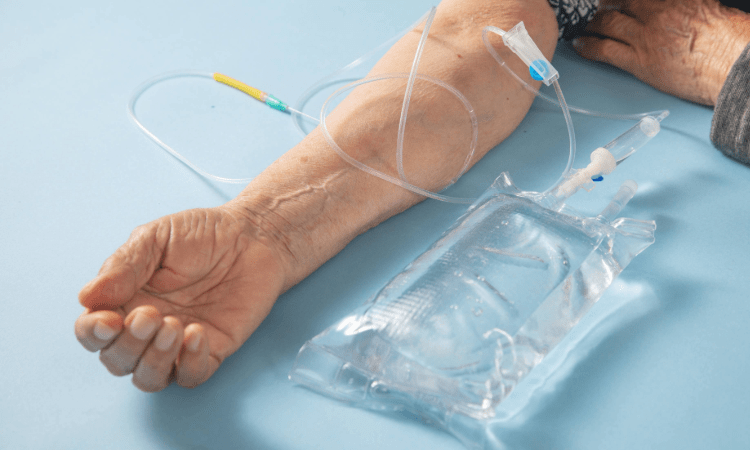Medical Device Analysis with Biocompatibility Tests
What are Biocompatibility Tests?

Medical devices must pass biocompatibility tests in order to be used safely on human health. Biocompatibility tests are critical analyses that evaluate whether the device causes any toxic, allergic or harmful reactions when it comes into contact with the body.
So, what are biocompatibility tests, how are they applied and why are they so important? Here are the details!
What are Biocompatibility Tests?
Biocompatibility is the capacity of a medical device to safely interact with the human body. Biocompatibility tests performed according to the ISO 10993 standard are applied to assess the risks of the device such as toxicity, irritation, allergic reaction and genotoxicity.
Since medical devices may come into direct or indirect contact with skin, blood, bone or organs, these tests are a critical step to verify the reliability of products.
Importance of Biocompatibility Testing
- Patient Safety: It is ensured that medical devices do not release any toxic substances during interaction with the body.
- Regulatory Compliance: Biocompatibility tests must comply with international standards such as FDA, CE, ISO 10993.
- Improves Product Quality: Reliable biocompatibility testing ensures that products are safer and of high quality before they are released to the market.
- Reduces Risks: Identifying potential biological risks in advance prevents potential recalls and patient harm.
Biocompatibility Test Types
Biocompatibility tests are divided into different categories depending on the duration and type of contact of the device with the human body:
1. Cytotoxicity Tests
- In cell cultures, the toxicity of device materials is assessed.
- Objective: To analyze the effects on the growth and survival of cells.
2. Sensitization Tests
- It is tested whether the device causes allergic reactions in contact with the skin.
- Objective: To determine whether the device causes hypersensitivity in the immune system.
3. Irritation Tests
- Analyze whether the device material causes irritation to the skin, eyes or mucosal surfaces.
- Objective: To verify that the device does not cause any irritation or inflammation to the tissues it comes into contact with.
4. Acute Systemic Toxicity Tests
- To assess whether the device produces toxic effects when ingested into the body.
- Objective: To analyze short-term systemic toxic effects of the device.
5. Genotoxicity Tests
- Determine whether the device causes mutations or damage to genetic material (DNA).
- Objective: To detect carcinogenic effects and analyze for changes in DNA structure.
6. Hemocompatibility Tests
- The effects of blood-contact devices on blood cells and coagulation mechanisms are tested.
- Objective: To verify whether the device is compatible with blood.
How are Biocompatibility Tests Performed?
1. Determining the Test Plan: Appropriate tests are selected considering the intended use of the device, duration and type of contact with the body.
2. Laboratory Analyses: The specified tests are performed in accordance with international standards.
3. Evaluation of Results: Test results are analyzed to determine whether the device is biocompatible.
4. Reporting and Regulatory Compliance: Test results are reported so that the manufacturer meets legal requirements
The Importance of Nano Lab in Biocompatibility Testing
Nano Lab provides expert laboratory services to medical device manufacturers on biocompatibility testing. We test the reliability of your devices and their suitability for patient health with analyzesin accordance with ISO 10993 standards.
- Our Services
- Cytotoxicity, sensitivity and irritation tests
- Genotoxicity and systemic toxicity analysis
- Hemocompatibility assessments
- Reporting in accordance with international standards
If you need professional biocompatibility tests for medical device safety, you can get the most accurate analyzes with Nano Lab assurance!
Contact us for more information.
You can follow us on LinkedIn for up-to-date news and posts about our services.
Follow our Instagram account to be informed about our latest blog posts.

